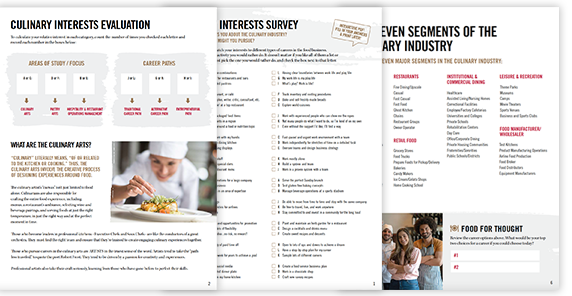How to Make Char Siu Bao
Dim sum has long been a Chinese culinary tradition that’s been gladly devoured by people all over the world. Steamed buns filled with savory meats, vegetables and spices makes it easy to understand why dim sum has evolved from Chinese bakeries into the beloved traditions of most big cities in this ecosphere. At the forefront of all things delicious when it comes to those pockets of heavenly goodness is char siu bao. Served either fried or steamed, this traditional Cantonese dish is made with tender, slow-roasted pork tenderloin slathered in a barbecue-like mixture and stuffed into delicious dumplings. The overall combination of all the ingredients makes char siu bao some seriously knockout chow. Pair with some sweet and sour soup or fried rice for an all-around bang on meal.
Opt for something unique for dinner tomorrow night and try your hand at the traditional Cantonese dish, char siu bao. One of our chefs will walk you through every step you need to make and fill your dough in this concise and easy-to-follow online cooking class recipe tutorial.
For Pork:
6 tbsp Hoisin sauce
6 tbsp Oyster sauce
6 tbsp Ketchup
6 tbsp Shaoxing rice wine
4 tbsp Garlic
6 tbsp Brown sugar
6 tbsp Honey
½ tbsp Chinese 5 spice
¾ cup Beet juice
¾ cup Soy sauce
1 ½ tbsp Salt
1 ½ tbsp Black pepper
3 lbs Pork butt
1. Blend all ingredients except the pork reserve 1/4 of marinade for the sauce.
2. Cut pork into 1.5 inch thick strips.
3. Combine marinade with pork & marinate for 1 hour.
4. Preheat oven 350 F & roast pork fat side up, on a rack with foil lined pan, add water to come 1/2 way up the sides of the pan.
5. Roast for 45 minutes turn pork over every 15 minutes checking level of the liquid.
FOR NEXT DAY
Heat reserved marinade & thicken with a cornstarch slurry, add small diced pork adjust seasoning, cool before filling buns.
For Buns:
2 lbs AP flour
1 ¾ tsp Instant yeast
1 tsp Salt
3 ¾ oz Sugar
10 oz Water
3 tbsp Vegetable oil
1. Finish pork mixture & let cool
2. Combine dry ingredients in a mixing bowl add wet & mix until a smooth ball is formed
3. Place the dough on a lightly oiled bowl & refrigerate over night
4. NEXT DAY – Punch the dough down, scale into 2 oz portions, cut out 2.5 inch squares of parchment paper to accommodate the recipe yield.
5. Shape into ball & press into a 4 inch disk, fill with pork mixture, seal dough pouch by pinching the dough together
6. Place on a 2.5 inch square of parchment, proof until double, then add 2 T of white vinegar to the boiling water.
7. Steam for 15 minutes, turn heat off & let set for 5 minutes undisturbed. (DO NOT OPEN LID)





Recent Comments